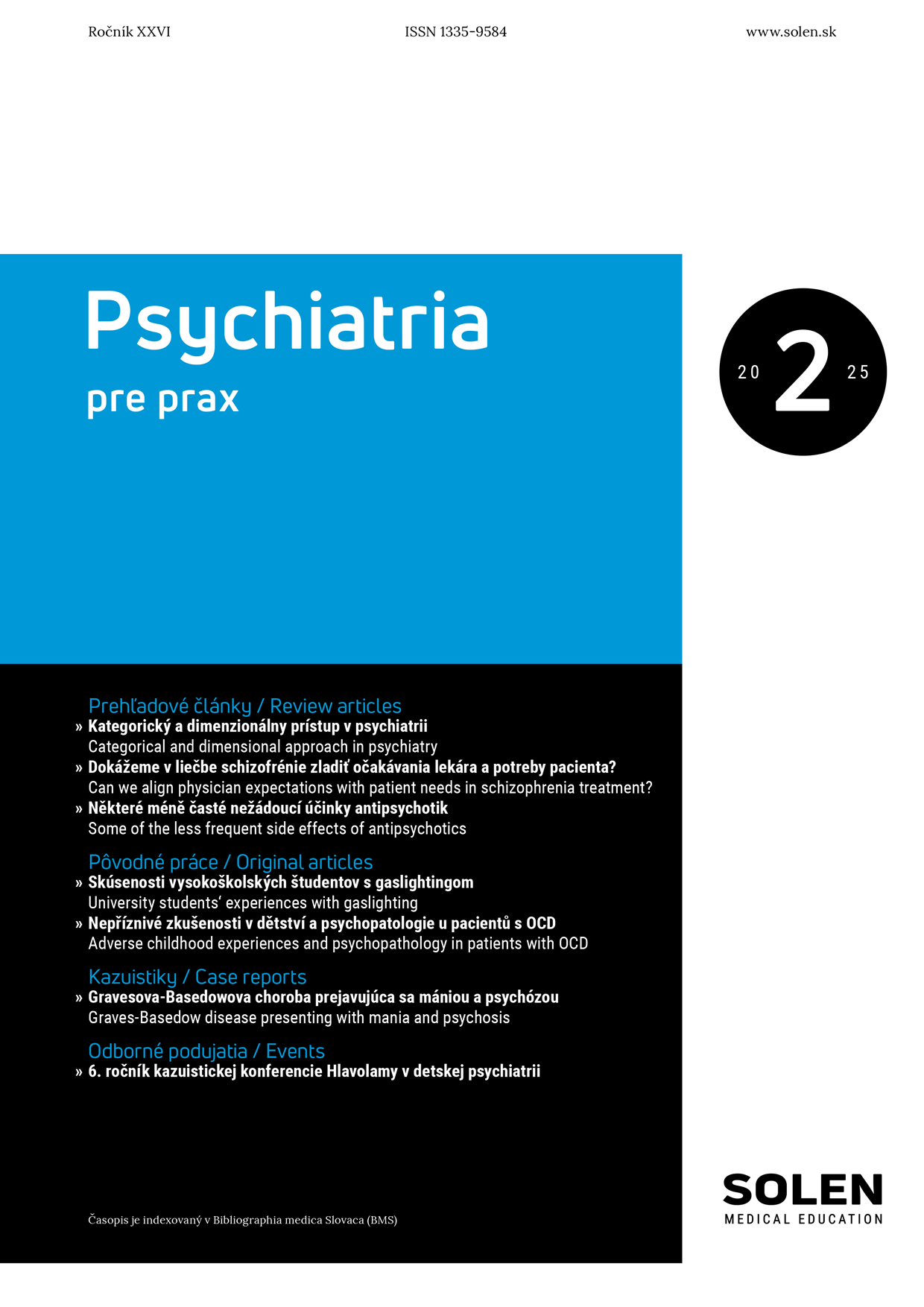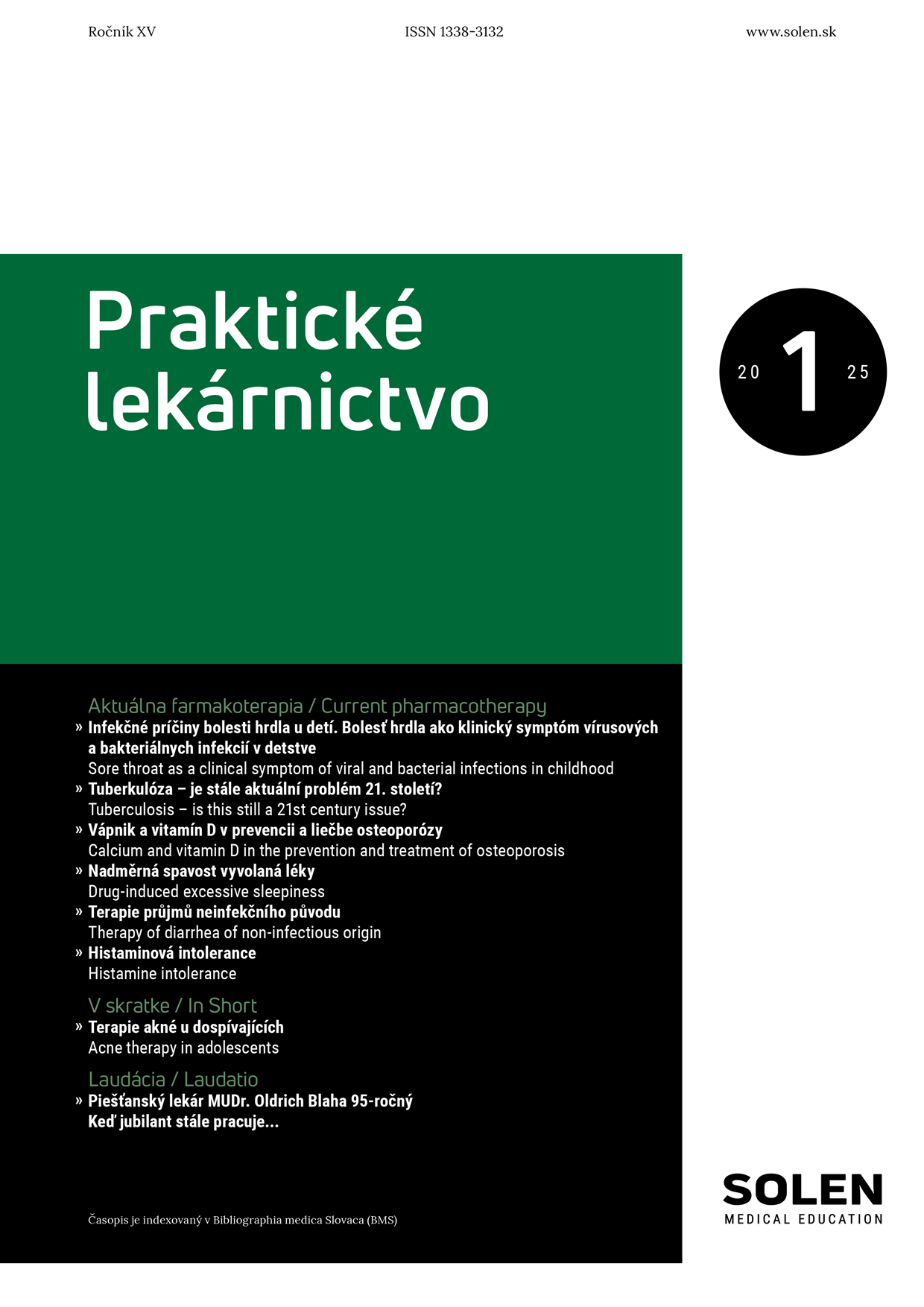Psychiatria pre prax 2/2008
SEZÓNNÍ AFEKTIVNÍ PORUCHA A LÉČBA JASNÝM SVĚTLEM
MUDr. Pavel Doubek, MUDr. Martin Brunovský, Ph.D., MUDr. Lucie Závěšická, doc. MUDr. Ján Praško, CSc.
Účinek světla na lidskou duši byl znám a používán již před 2 tisíci lety starými Řeky. Moderní rozvoj léčby světlem a objev sezónního afektivního chování byly výrazně ovlivněny odhalením suprese vylučování melatoninu u mužů jasným světlem. Krátce po tomto objevu byla publikována první placebem kontrolovaná studie vlivu léčby světlem na deprese. Dnes se stala léčba světlem nebo fototerapie základem léčby zimního typu sezónních afektivních poruch. Sezónní afektivní porucha (SAD) je typickou manifestací sezónních rysů u lidí. Je charakterizována rekurentními epizodami těžkých depresí následovanými remisemi, které se objevují na sezónním základě. Tento obraz sezónního výskytu a remise se musí objevit v posledních dvou letech po sobě, bez nesezónních epizod během tohoto období. Průzkumy ukazují, že prevalence zimní SAD ve všeobecné populaci je mezi 4–9 %. Až 20 % populace může mít subsyndromální rysy. Frekvence SAD je lehce zvýšená mezi příbuznými nemocných s potvrzenou SAD. Pacienti se SAD často trpí mírnou depresí. Vyskytnou se však také případy s těžkou depresí. Depresivní epizody u pacientů se sezónním výskytem jsou často charakterizované významnou anergií a dalšími atypickými symptomy jako hypersomnie a únava, zvýšená chuť k jídlu a přejídání (zejména touha po uhlovodanech), nárůst hmotnosti, poruchy koncentrace, dráždivost, zvýšená senzitivita a interpersonální problémy. Atypické symptomy spíše než celková tíže depresivních epizod nejlépe předpovídají dobrou odpověď. Terapie jasným světlem byla rovněž z výzkumných důvodů použita u ostatních psychiatrických poruch, ale důkazy o jejím účinku v těchto případech nejsou jednoznačné. Terapie jasným světlem obecně znamená aplikaci viditelného světla alespoň 2 500 luxů na úrovni oka. Zpravidla bývá aplikována pomocí světelných boxů. Odpověď na každodenní léčbu zpravidla přichází po 2–4 dnech a významné zlepšení je obvykle dosaženo během 1–2 týdnů.
Kľúčové slová: terapie jasným světlem, sezónní afektivní porucha, nesezónní deprese
SEASONAL AFFECTIVE DISORDER AND BRIGHT LIGHT THERAPY
The influence of light on human psyche was known and used two thousand years ago by ancient Greeks. The modern development of light treatment and the description of the seasonal affective syndrome were strongly influence by the finding that melatonin in men could be suppressed by bright light. Shortly after this information was published the first placebo-controlled study on light treatment for depression was done. Now bright light therapy or phototherapy has become the mainstay of the treatment of winter type of seasonal affective disorder. Seasonal affective disorder (SAD) is typical manifestation of seasonality in humans. It is characterized by recurrent major depressive episodes followed by periods of remission that occur on a seasonal basis. This pattern of onset and remission must have occurred during the last 2 years, without any nonseasonal episodes occurring during this period. Surveys indicate the prevalence of winter SAD among general population to be between 4 to 9 percent. As much as 20 percent of the population may have subsyndromal features. Rates of SAD are slightly higher among relatives of those with a confirmed diagnosis of SAD. SAD patients typically suffer with mild depression. But there are also some cases with severe depression. Depressive episode that occur in a seasonal pattern are often characterized by prominent anergy and other atypical symptoms like hypersomnia and fatigue, increased appetite and overeating (particularly carbohydrate craving), weight gain, decrease of concentration, irritability and heightened sensitivity to interpersonal rejection. Atypical depressive symptoms, rather than the overall severity of a depressive episode, best predict a good response. Bright light therapy also has used as an investigational treatment in other psychiatric disorders, but the evidence for its efficacy in these conditions in uncertain. Bright light therapy conventionally means the administration of visible light producing at least 2500 lux at eye level. It has usually been administered by means of light boxes. Response to daily sessions of phototherapy in SAD generally occurs within 2 to 4 days, and marked improvement is usually achieved within 1 to 2 weeks.
Keywords: bright light therapy, seasonal affective disorder, non-seasonal depression


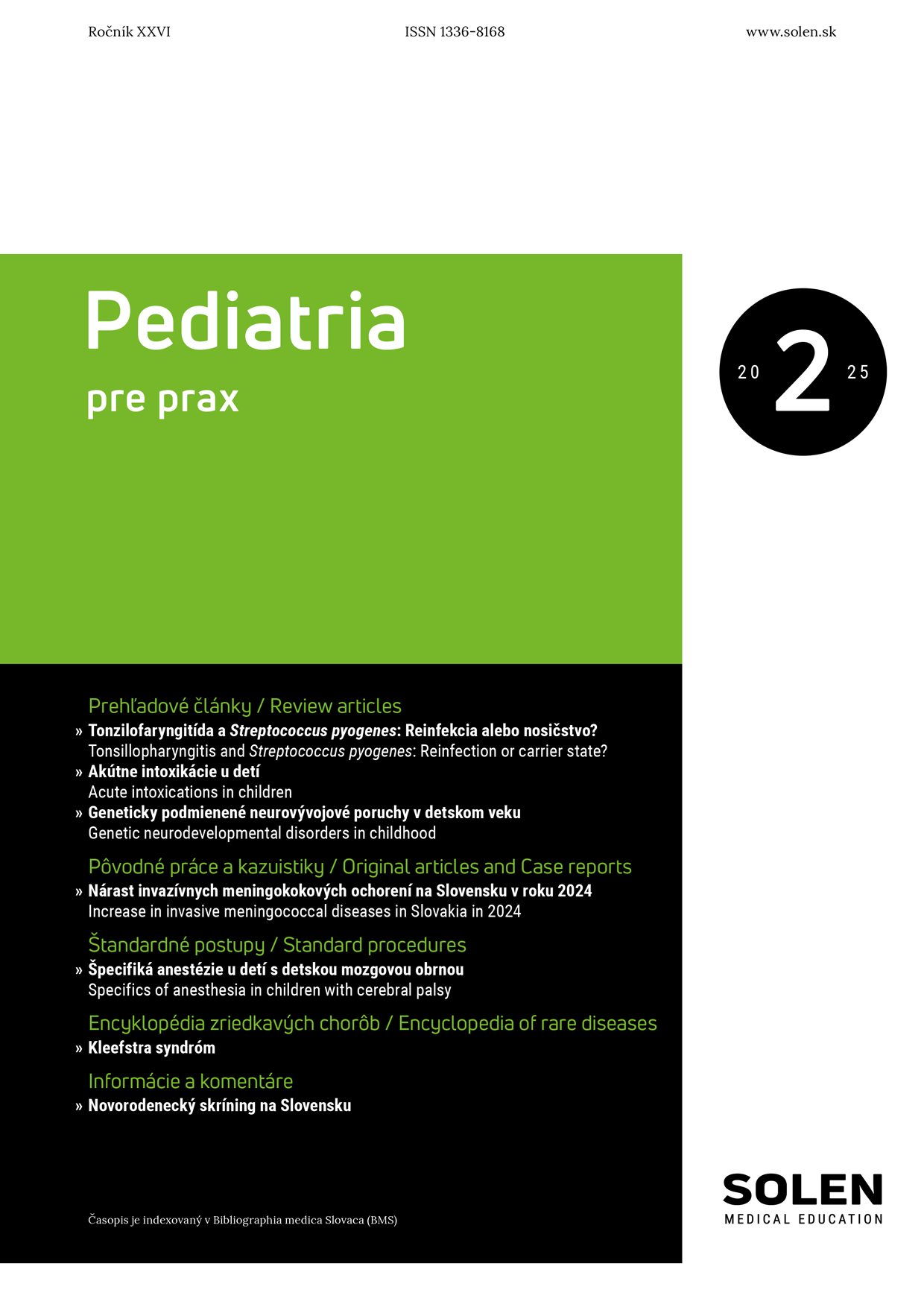
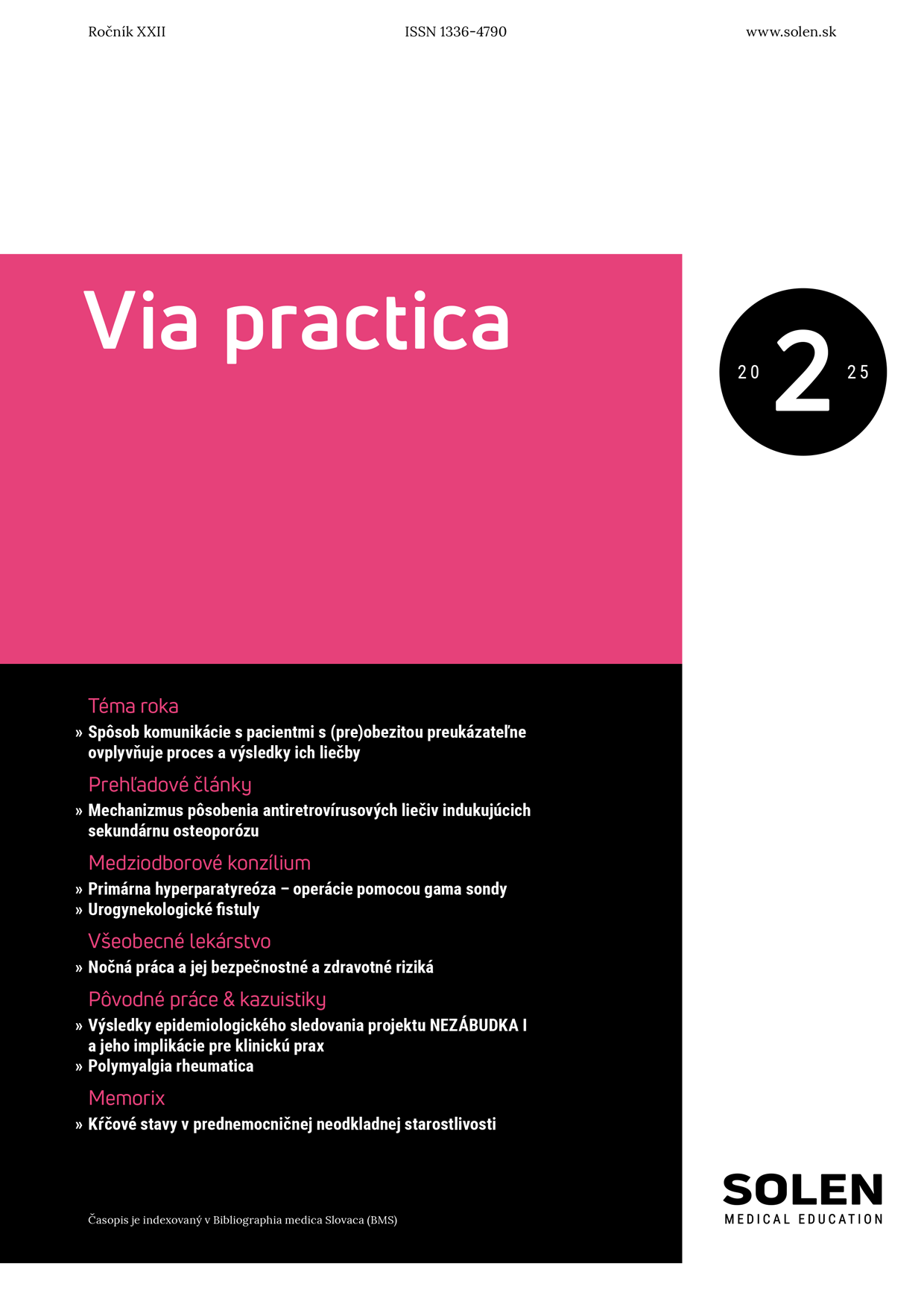
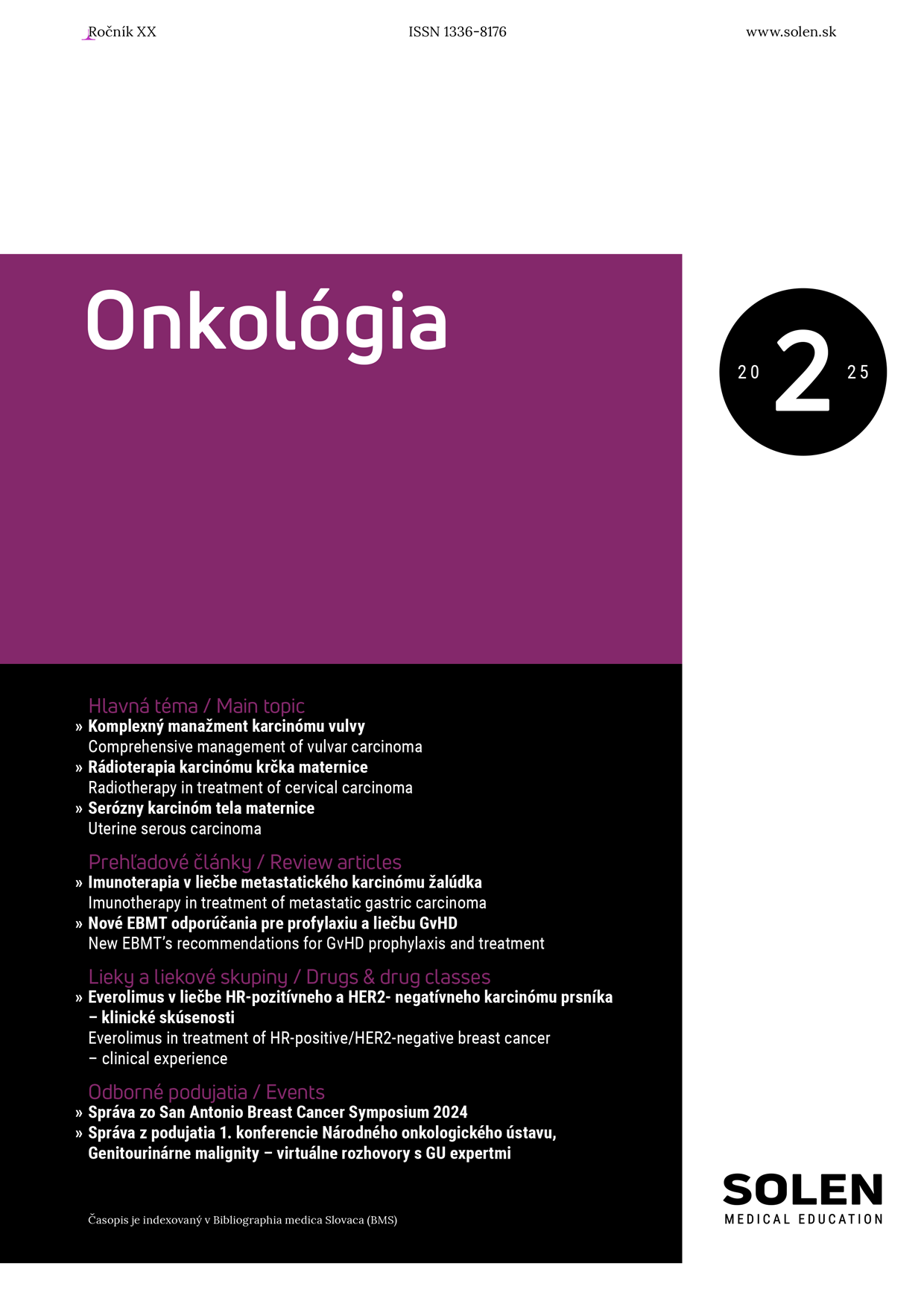
-1.png)
